3.3 RIVER CHANNEL FORM AND FUNCTION
The middle river / Lowland rivers / The Delta
Upland Rivers--
Small, low order streams are usually steep and
torrential, and are mainly dominated by erosion. Streams normally consist
of an alternating series of pools and riffles (or rapids). In the smallest
streams, the pool sections are divided by rocky structures and sometimes
by waterfalls. There is little floodplain, although part of the bank and
surrounding land may be wetted during periods of high flow.
The steeper and higher up the system, the larger
the rocks and stones making up the system.
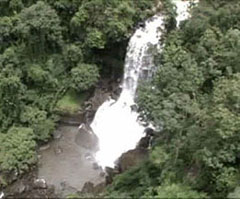 |
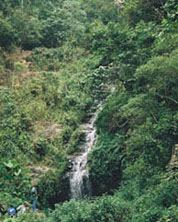 |
Riffles are shallow areas with a slightly steeper slope and faster flow than pools. They are composed of coarse sediments comprised of pebbles, cobbles and boulders. Many species of invertebrate and fish are adapted to life in the turbulent waters of riffles. These live by adhering to the stones of the riffle bottom or seek refuge in the numerous spaces betweens the stones. Riffles are also one of the main areas for spawning by fish migrating from downstream, because of the clean well-oxygenated water found there, and the shelter that can be given to eggs laid or buried among the stones.
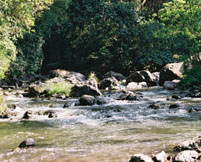 |
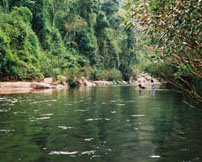 |
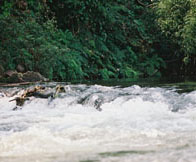 |
Pools are deeper areas with shallower slope and slower flow. There is some deposition because of the lower flows. The bottom sediments are finer and there are a number of different habitats:
· Deep portion/plunge pool;
· Shallow bars with quiet areas often filled with floating vegetation; and
· Riparian area with emergent vegetation.
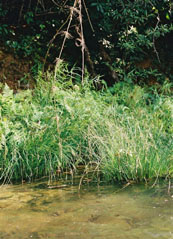 |
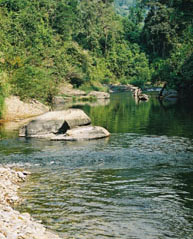 |
Low order streams are usually heavily forested and the
amount of light penetrating through the canopy to the water is limited.
Wood falling from the canopy is an important element in the structure
of low order streams. It provides shelter for invertebrates and fish,
an anchor for sediment, and shapes the form of the river by deflecting
the current.
Wood is still an important element in larger streams and small rivers,
where, if left undisturbed, it can create large dams and blockages.
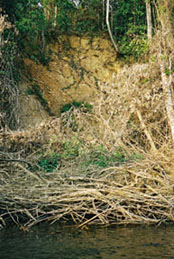 |
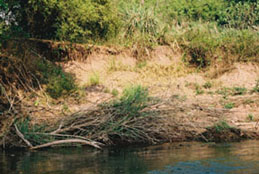 |